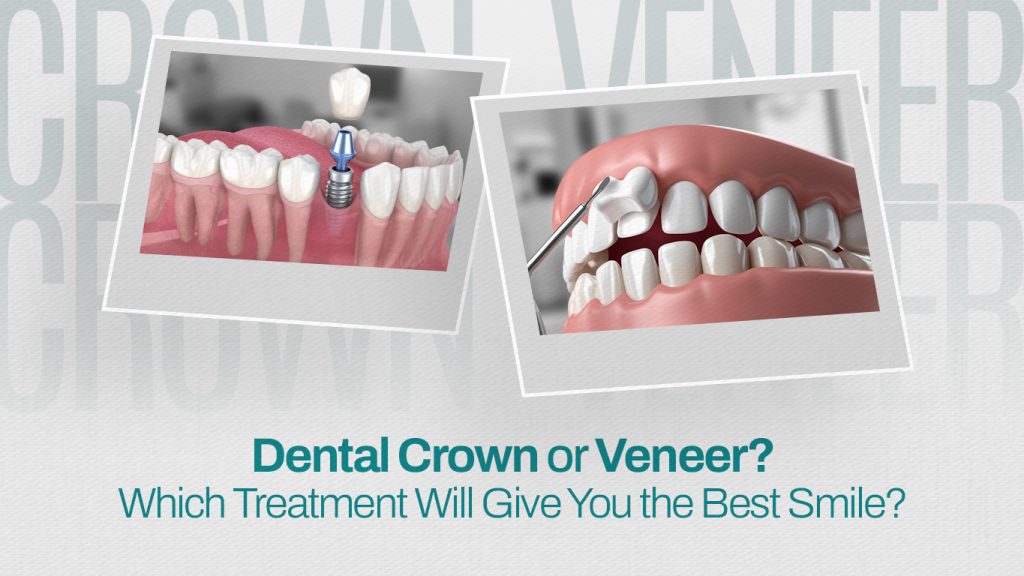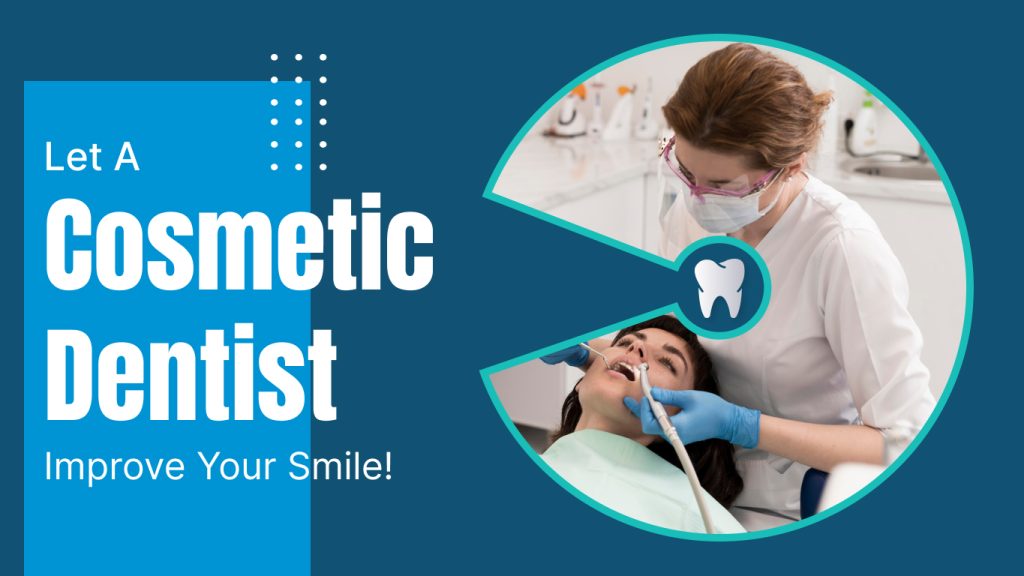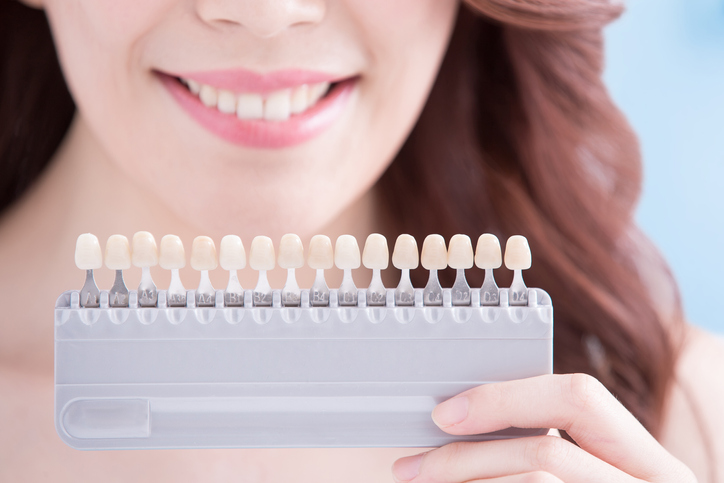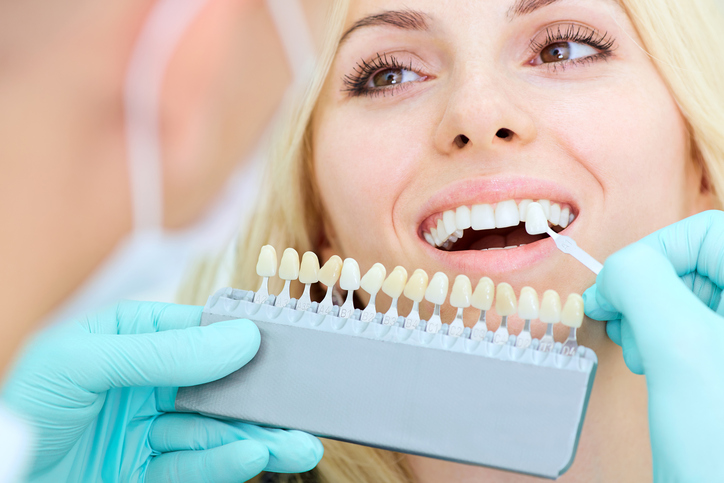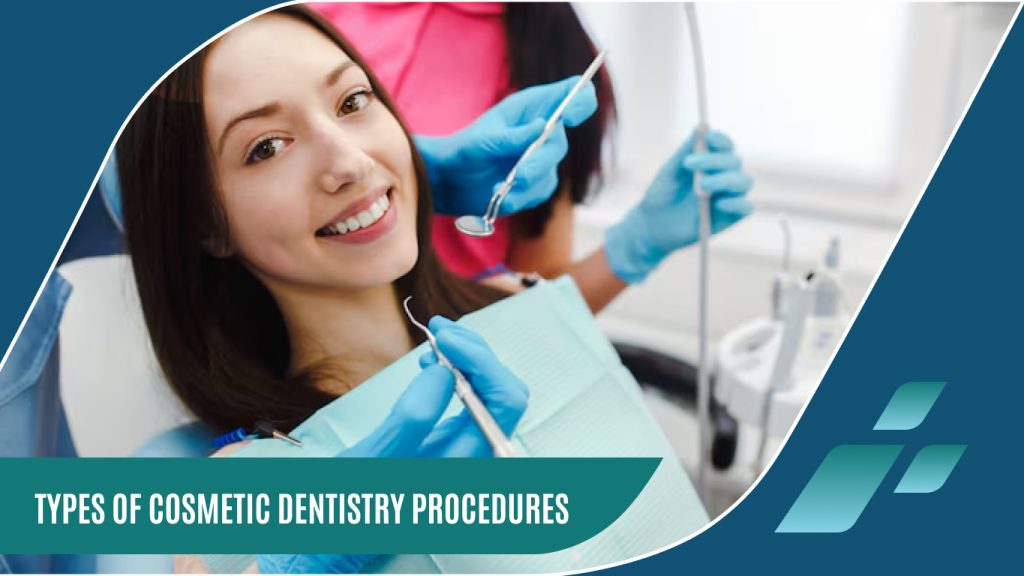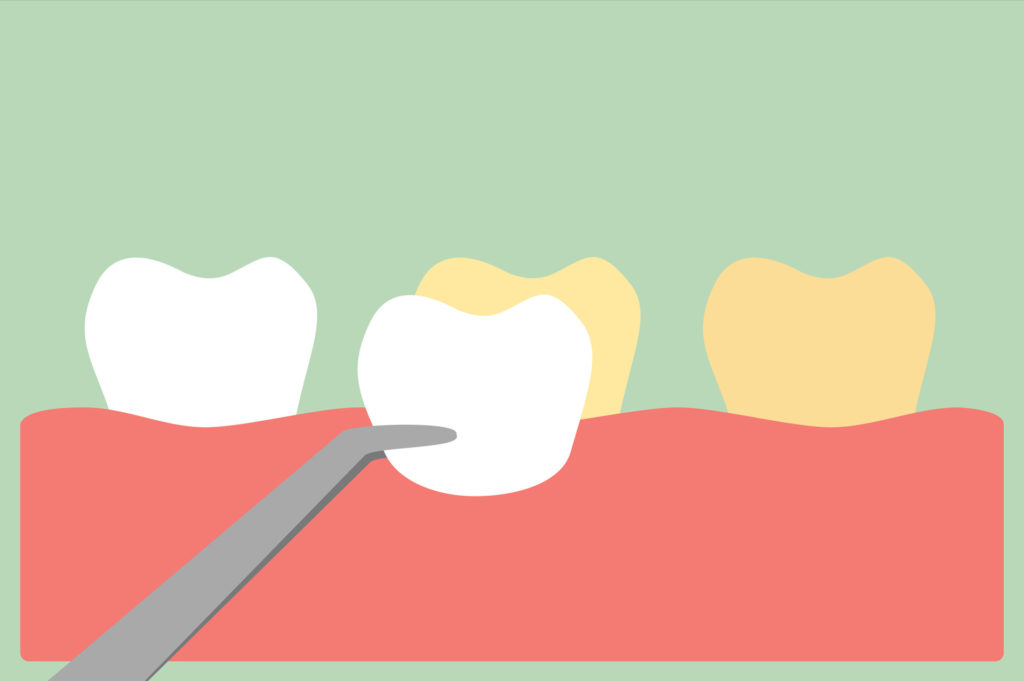Dental Crown or Veneer? Which Treatment Will Give You the Best Smile?
When it comes to enhancing your smile, modern dentistry offers a variety of solutions to address cosmetic and functional concerns. Two of the most popular treatments are dental crowns and…
